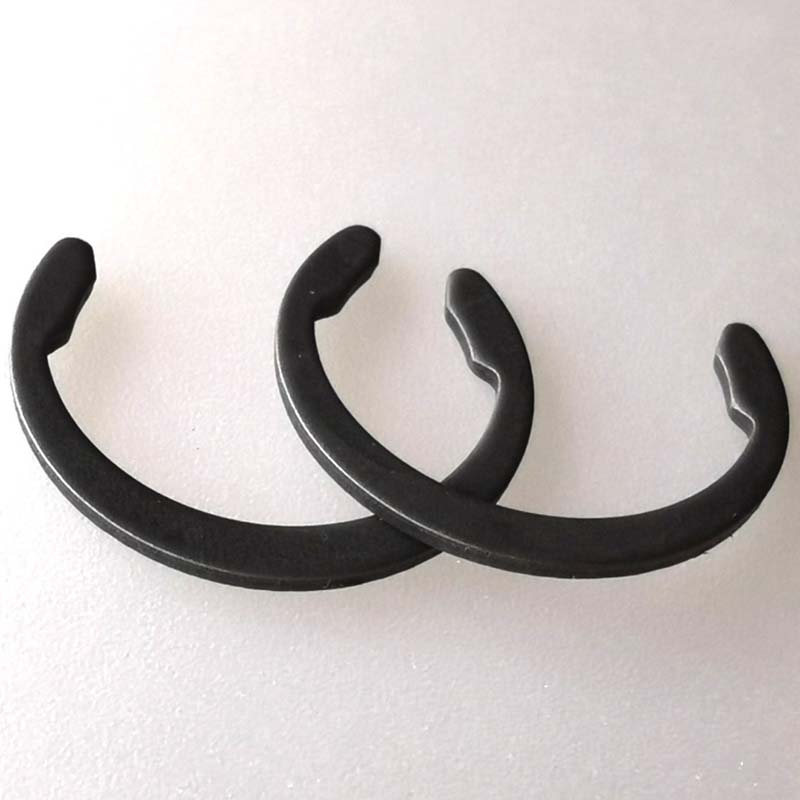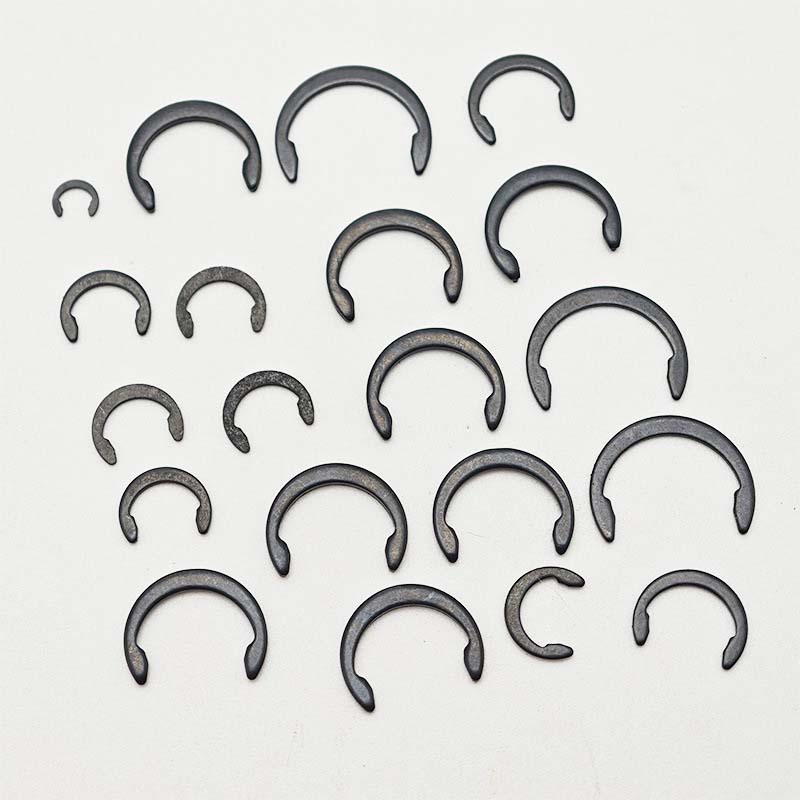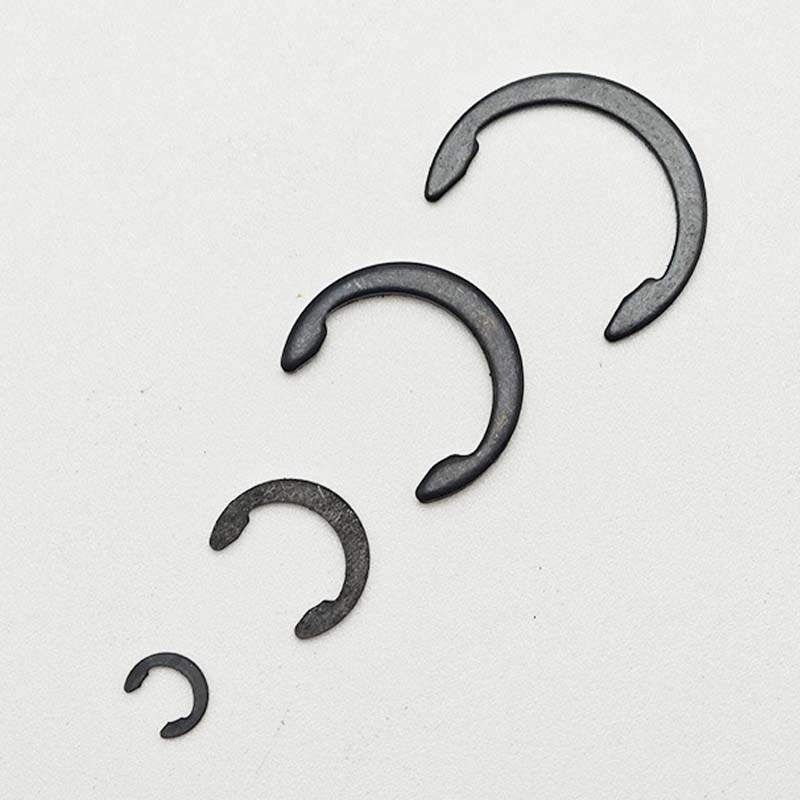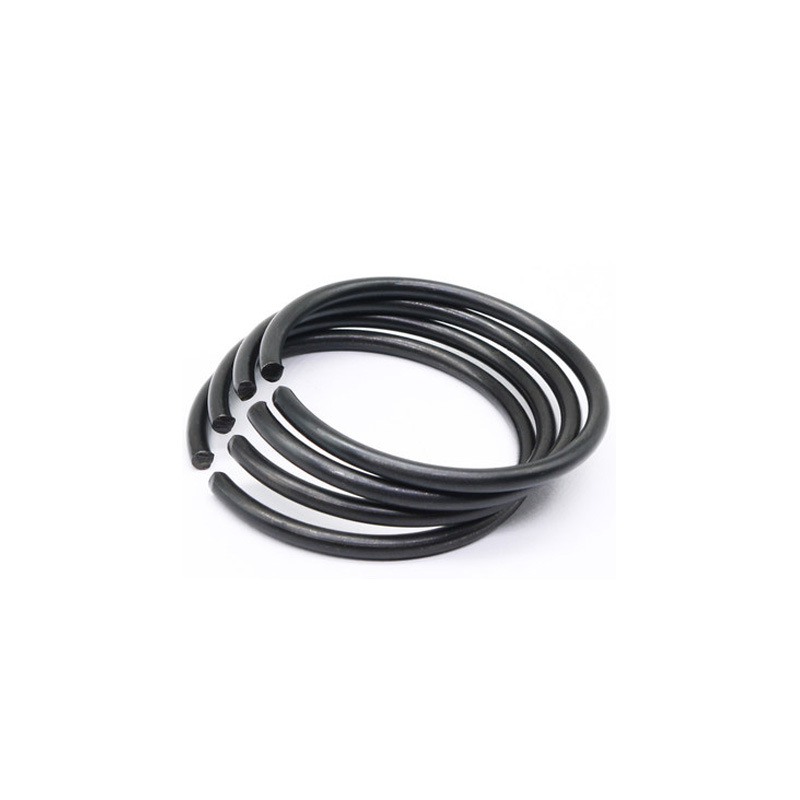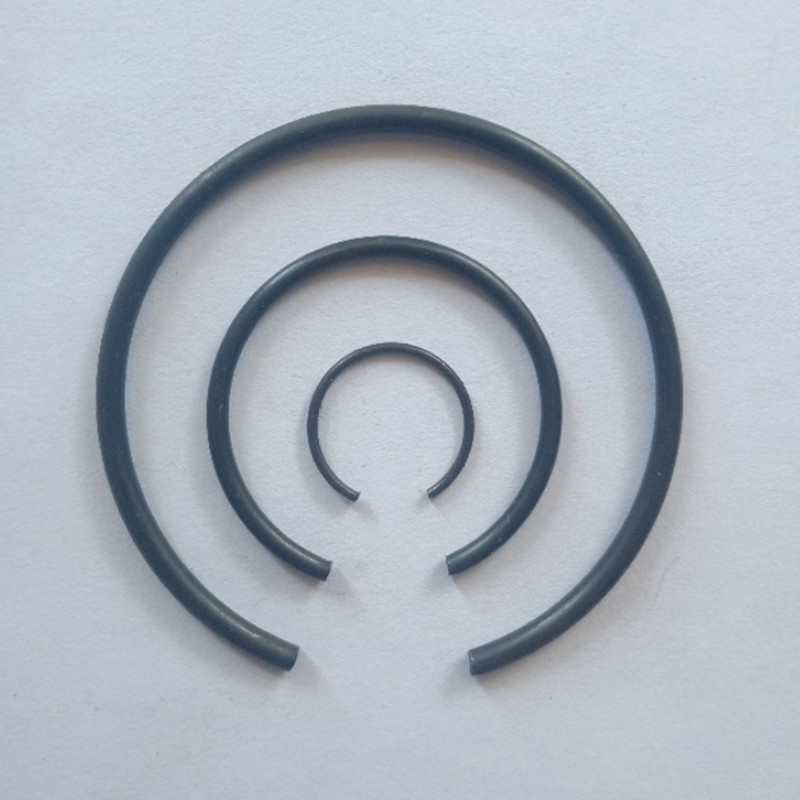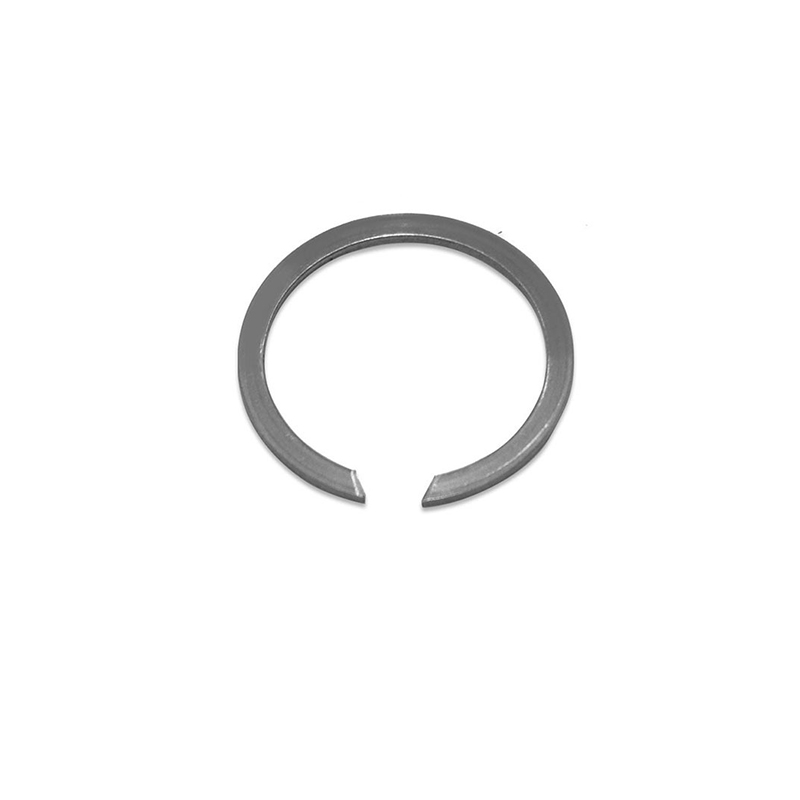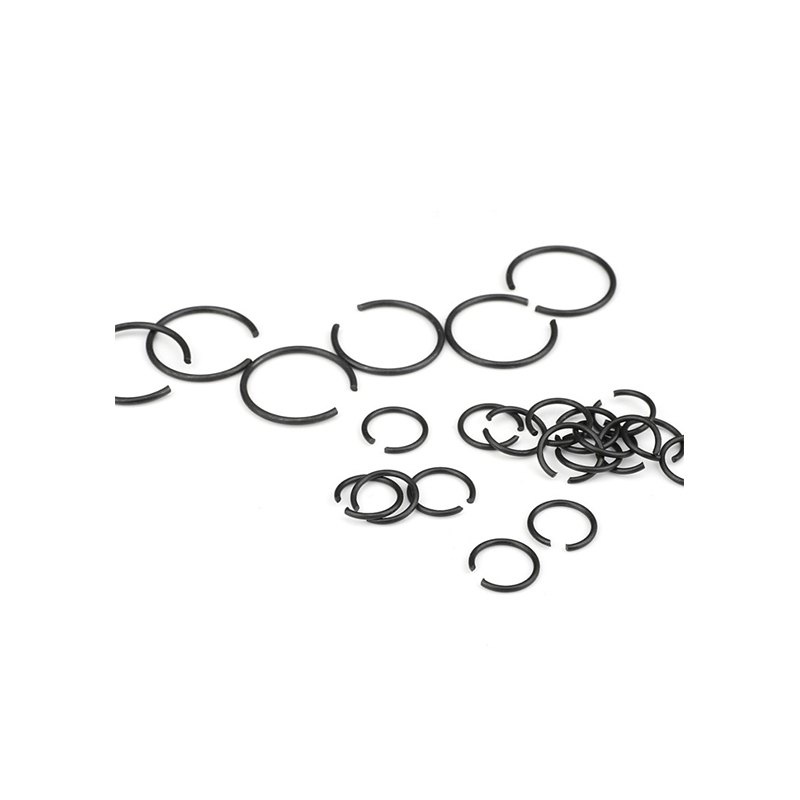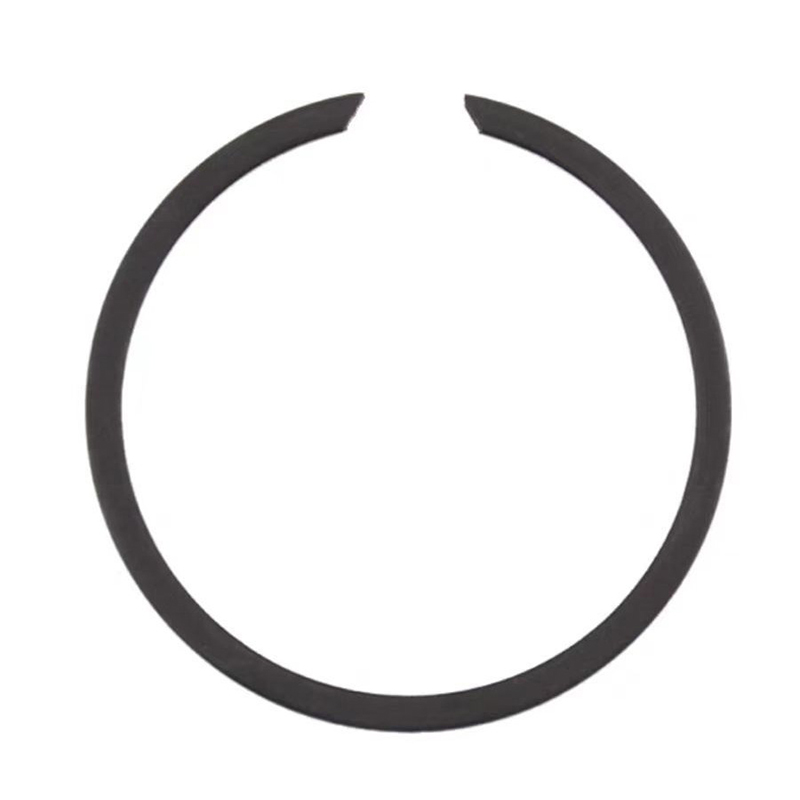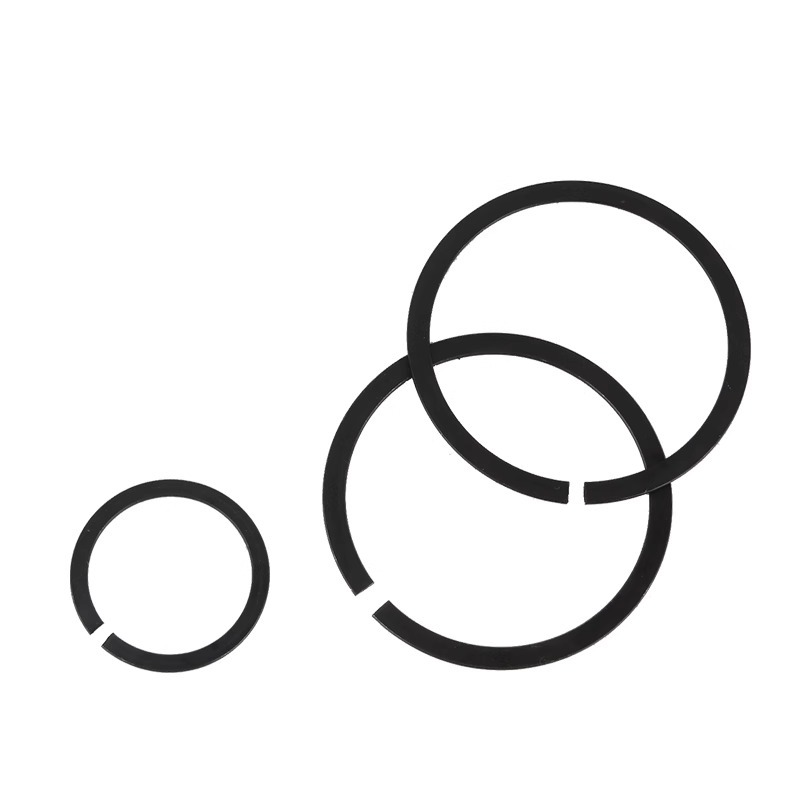Carbon Steel Spring Retaining Rings
Send Inquiry
Carbon steel spring retaining rings are available in grades SAE 1074 or 1080 for heavy duty applications and are made from carbon steel. There are also stainless steel retaining rings, with 302 or 304 being the most common grades, while 316 is more suitable when dealing with salt water or boats. There are also some exotic materials such as beryllium copper (good for conducting electricity) and titanium (lighter and used in aerospace). Certifications such as RoHS and REACH ensure that the material is environmentally friendly. When choosing a material, people focus on two main aspects: the hardness of the metal (between HRC 44-50) and whether it can be bent without breaking.
Installation and maintenance
Carbon steel spring retaining rings are pretty low-fuss, but you should eyeball them once in a while. Keep the grooves they sit in clean,gunk or dirt buildup can mess with how well they grip parts. If they’re in something that moves nonstop, a dab of light oil can help things run smoother. When putting them in, don’t yank or bend them too far,that’ll wear them out quicker. If a ring’s cracked, warped, or rusted, swap it out. Stash them somewhere dry to avoid rust or damage. And use the right tools, like ring-specific pliers (for internal or external rings), so you don’t wreck them during install or removal.
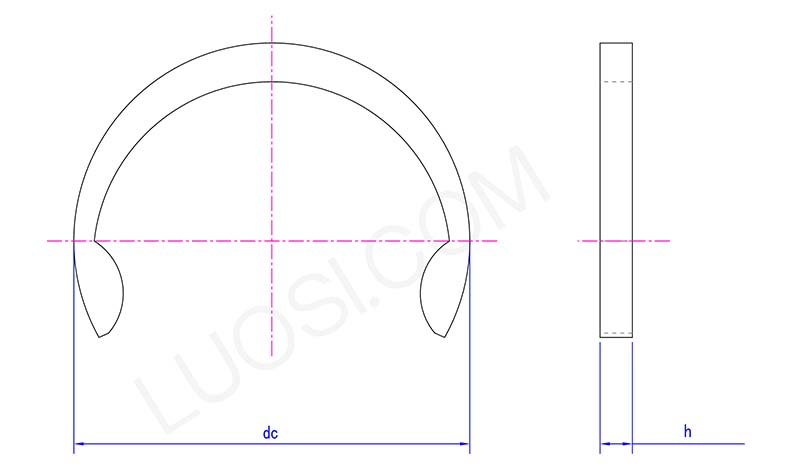
Mon
Φ15
Φ16
Φ17
Φ18
Φ19
Φ20
Φ22
Φ23
Φ24
Φ25
Φ26
dc max
18
19
20
21
22
23
25
26.3
27.6
29.2
30
h min
0.97
0.97
0.97
1.17
1.17
1.17
1.17
1.17
1.17
1.17
1.17
h max
1.03
1.03
1.03
1.23
1.23
1.23
1.23
1.23
1.23
1.23
1.23
Reuse
Q: Are carbon steel spring retaining rings reusable, or must they be replaced after disassembly?
A:The ability to reuse a spring-loaded snap ring depends on its appearance after removal. Usually, if there is no deformation, wear or loss of elasticity, it can be reused. However, if they are installed and removed too often, the material may weaken and the fixing may become less effective. In important jobs where safety is at stake (such as airplanes or medical equipment), it is best to replace them straight away to ensure that they work the same way every time.
Before reusing a ring, be sure to check it for cracks, squashed edges, or if it doesn't feel as flexible as it should. It will be labeled as to how many times it can be reused, but it also needs to be based on previous use and the circumstances in which it was used to determine if it can continue to be used. Good quality rings are strong, but in settings where accuracy is important, it is more appropriate to replace the ring with a new one.


